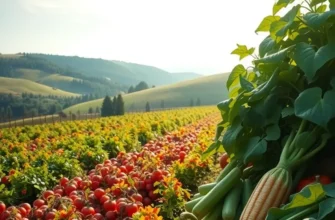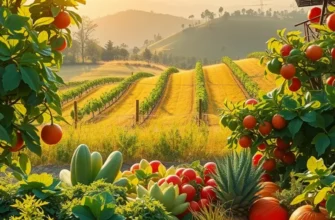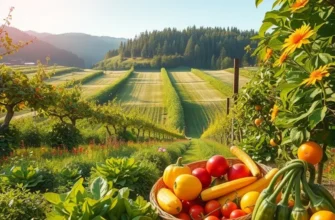Reducing plastic waste in food storage is not just beneficial for the environment; it also enhances food flavor and longevity. By adopting practical alternatives, you can efficiently manage your kitchen resources while keeping food fresh and safe. From utilizing your pantry wisely to choosing the right containers, these strategies will empower you to minimize waste while embracing a more sustainable lifestyle.
Embracing Eco-Friendly Containers
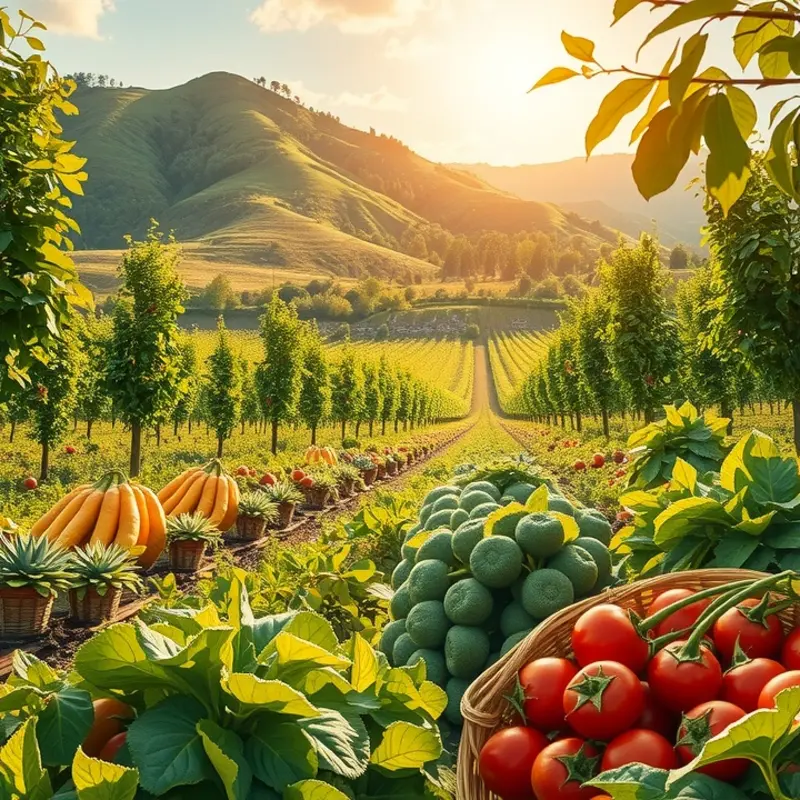
Transitioning away from plastic containers towards eco-friendly alternatives can make a significant difference in both food storage and environmental impact. By embracing materials such as glass, metal, and cloth, we not only preserve the freshness of our food but also contribute to a sustainable future.
Glass: As one of the most versatile options, glass containers can store everything from leftovers to dry goods. They’re non-porous, which means they don’t absorb food smells or stains, making them perfect for storing a variety of food types. Glass jars and bottles are also perfect for liquids, like sauces or homemade dressings. Because glass is transparent, it allows you to easily see what’s inside, reducing food waste. Furthermore, glass is highly recyclable, decreasing its environmental footprint significantly. For more on storing sauces, explore safer storage of sauces.
Metal: Stainless steel containers are durable and resistant to corrosion. They are excellent for dry goods like grains, cereals, and even prepared meals for lunchboxes. The robustness of metal containers means they can withstand being dropped or bumped without damage. Additionally, they’re often more lightweight compared to glass, which can be a bonus for portability. While not all metals are recyclable, stainless steel typically is, adding to its eco-friendly profile.
Cloth: Organic cotton bags and beeswax wraps offer great flexibility for food storage. These options are breathable, making them suitable for items like bread and produce, which benefit from slight air circulation to remain fresh. Beeswax wraps, a reusable and biodegradable alternative to plastic wrap, mold around food and containers to create a seal. When choosing cloth options, prioritize those that are sustainably produced to enhance their environmental benefits.
Effectiveness and Environmental Impact: Modern-day challenges demand effective food preservation while minimizing environmental harm. Eco-friendly containers meet these needs by maintaining food quality and freshness without leaching harmful chemicals into our food, a risk associated with some plastics. The environmental benefits are clear when considering the longevity and reusability of these materials compared to single-use plastics.
Taking a sustainable approach to food storage can greatly affect how we manage our kitchens. By choosing containers made from glass, metal, and cloth, we pave the way for less food waste, fewer pollutants, and a healthier planet. With these smart strategies, preserving freshness becomes a part of a larger commitment to living more sustainably.
Storage Methods for Different Food Types
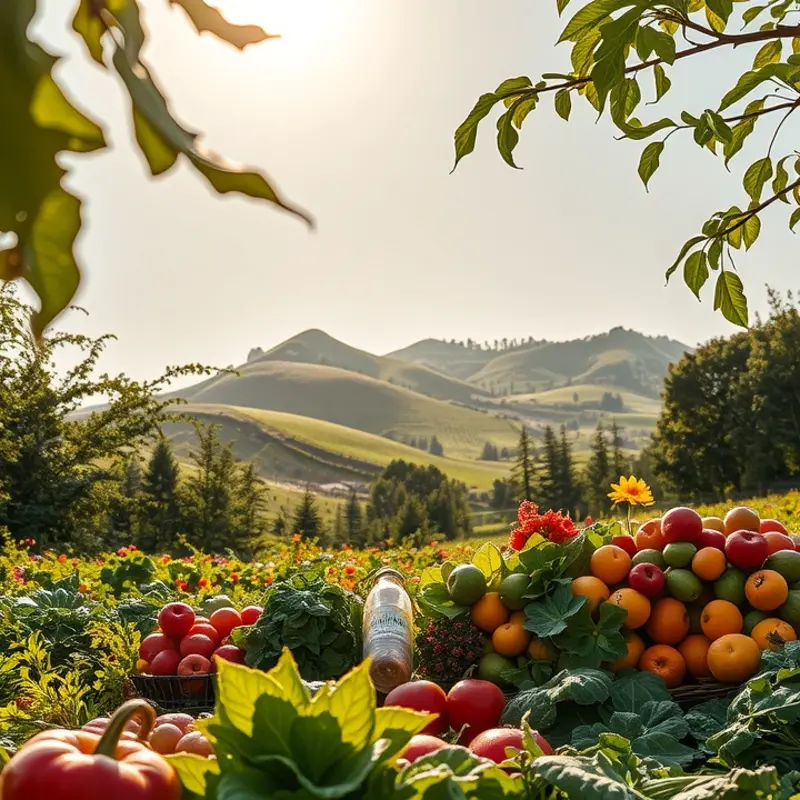
Adapting storage practices to each food type helps maintain freshness and flavor. Proper methods reduce waste and reliance on plastic, ensuring sustainability and taste. Below, explore various techniques tailored for fruits, vegetables, meats, and grains.
Fruits and Vegetables
Fruits and vegetables benefit from breathable storage environments. For leafy greens, wrap them in a damp cloth or paper towel before placing in a bowl covered with a damp cloth. This method keeps the greens crisp and hydrated while avoiding plastic. Root vegetables, such as carrots and beets, last longer in a cool, dark place like a cellar, keeping them vibrant and firm. Citrus fruits can be stored at room temperature in a basket, enhancing air circulation around them.
For other fruits like berries, spread them out in a single layer on a cloth-lined tray and cover lightly with a cloth or beeswax wrap. This method helps preserve freshness by preventing moisture buildup and mold growth.
Meats and Other Proteins
For meats, consider using glass containers or stainless steel with a tight lid to avoid air exposure, which leads to spoilage. Freezing in reusable silicone bags also works well, as it minimizes freezer burn while keeping the meat’s texture intact. If you prefer the refrigerator, place a damp, reusable cloth over the meat before sealing in a non-plastic container.
It’s essential to consume proteins relatively quickly to ensure safety and quality. This approach aligns with safer storage practices for sauces, which also emphasize freshness.
Grains and Legumes
Grains and legumes are best stored in cool, dry places. Use glass jars or ceramic canisters with airtight lids to protect against pests and moisture, which compromise the grains’ taste and longevity. Storing them in easily accessible canisters also aids in quick meal preparations and minimizes cooking time during meal preps.
Purchasing grains in bulk and understanding their storage needs ensure they maintain their nutritional value and flavor. Think about the space and conditions you have, opting for storage solutions that maximize freshness and accessibility.
Implementing these strategies fosters a more sustainable kitchen. By utilizing breathable, secure storage approaches, you preserve food effectively without relying on single-use plastics. Remember, the goal is to maintain each food type’s specific needs while enhancing sustainability in your kitchen.
Final words
Transitioning to a plastic-free food storage system not only conserves the environment but also promotes a healthier kitchen. By employing eco-friendly containers and customizing storage methods to each food type, you can minimize waste and enhance freshness. Remember that every small shift towards sustainability counts. Embrace these practices as part of your daily routine, and enjoy a cleaner, greener kitchen while making a positive impact on the planet. Let’s prioritize our health and the environment together, one meal at a time.



